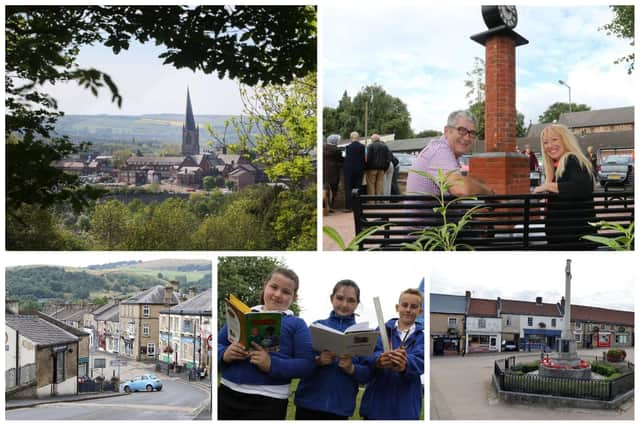When it comes to British place names, Anglo-Saxon origins tend to dominate in the south and Scandinavian languages in the North, mixed in with Old British or Celtic terms for natural features such as hills and rivers. Derbyshire still shows the influence of all three factors in the names we find today.
Often towns and villages share common endings such as -tun (settlement), -ham (homestead), -feld (farmland), -by (village), -caester (Roman stronghold), -worthig (enclosure), -dun (hill), -halh (nook of land) – but these usually follow a first element which is much harder to define, especially when a personal name is concerned.
The famous Domesday Book – a land survey commissioned by William the Conqueror and completed in 1086 – shows Derbyshire names which have been modernised but otherwise changed very little in all that time.
To understand where they came from, we went looking in the Oxford Dictionary of British Place Names.
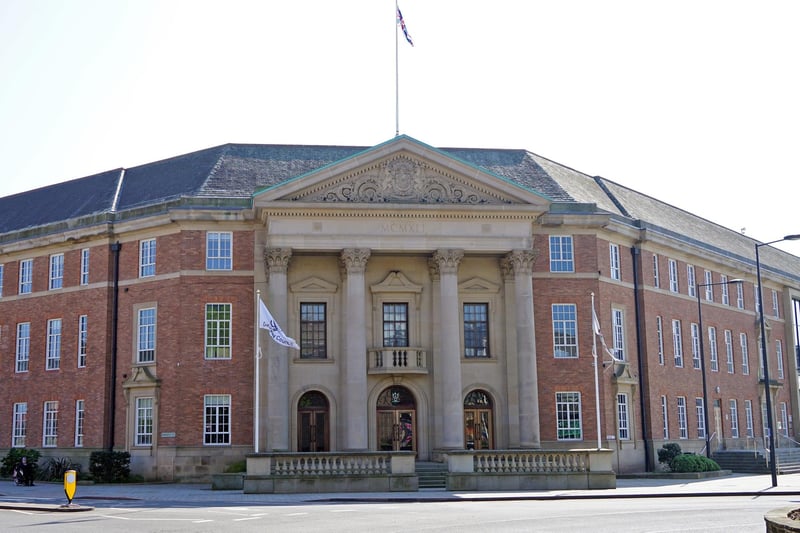
1. Derby
Recorded as Deoraby in the 10th century, then Derby in 1086, the Viking name of the historic county town means 'Farmstead or village where deer are kept', but is also influenced by the Roman Derbentio and the river Derwent, which has the Celtic meaning "valley thick with oaks". Photo: Brian Eyre
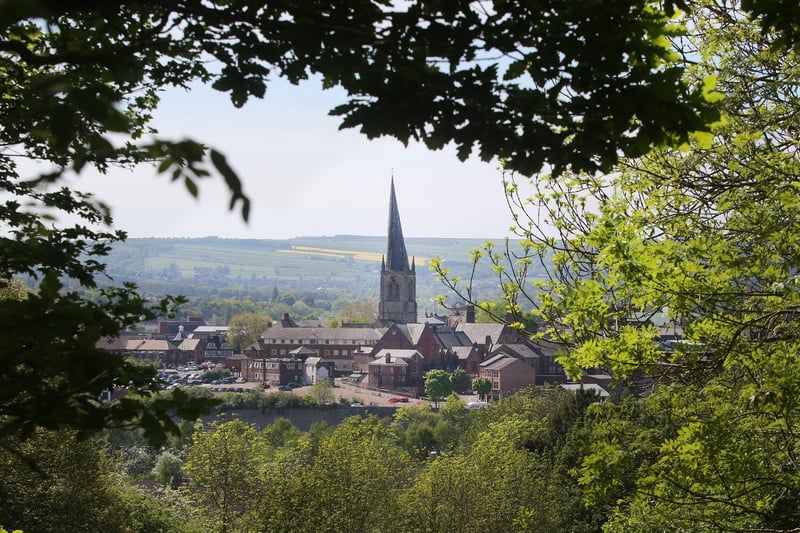
2. Chesterfield
Known as Cesterfelda 955, then Cestrefeld by 1086, the name means: ‘Open land near a Roman fort or settlement’. Photo: jason chadwick
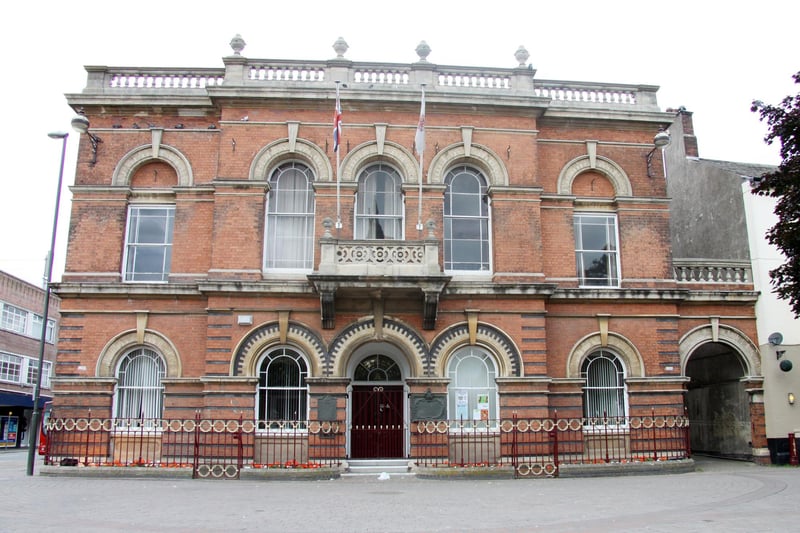
3. Ilkeston
Recorded as Tilchestune in 1086, then Elkesdone in the early 11th cent, meaning: ‘Hill of a man called Ēalāc’. Photo: Lindsay Colbourne
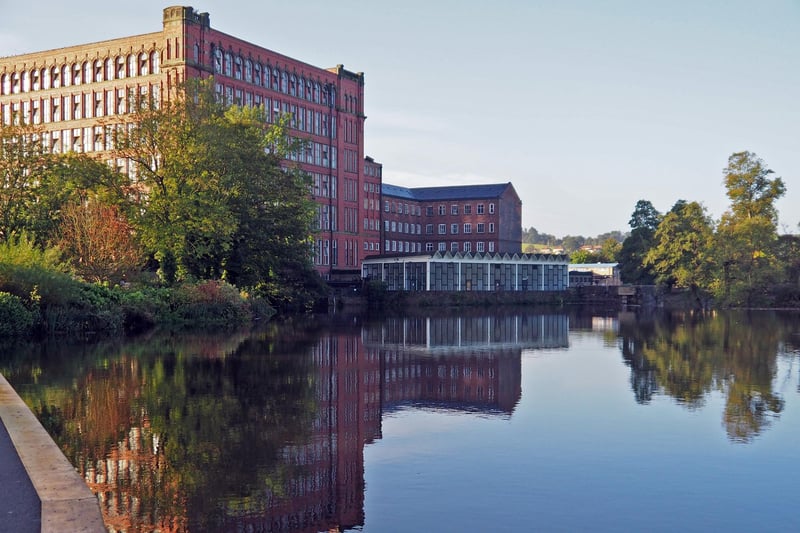
4. Belper
Known as Beurepeir in 1231, the name comes from the French for ‘Beautiful retreat’. Photo: Brian Eyre
